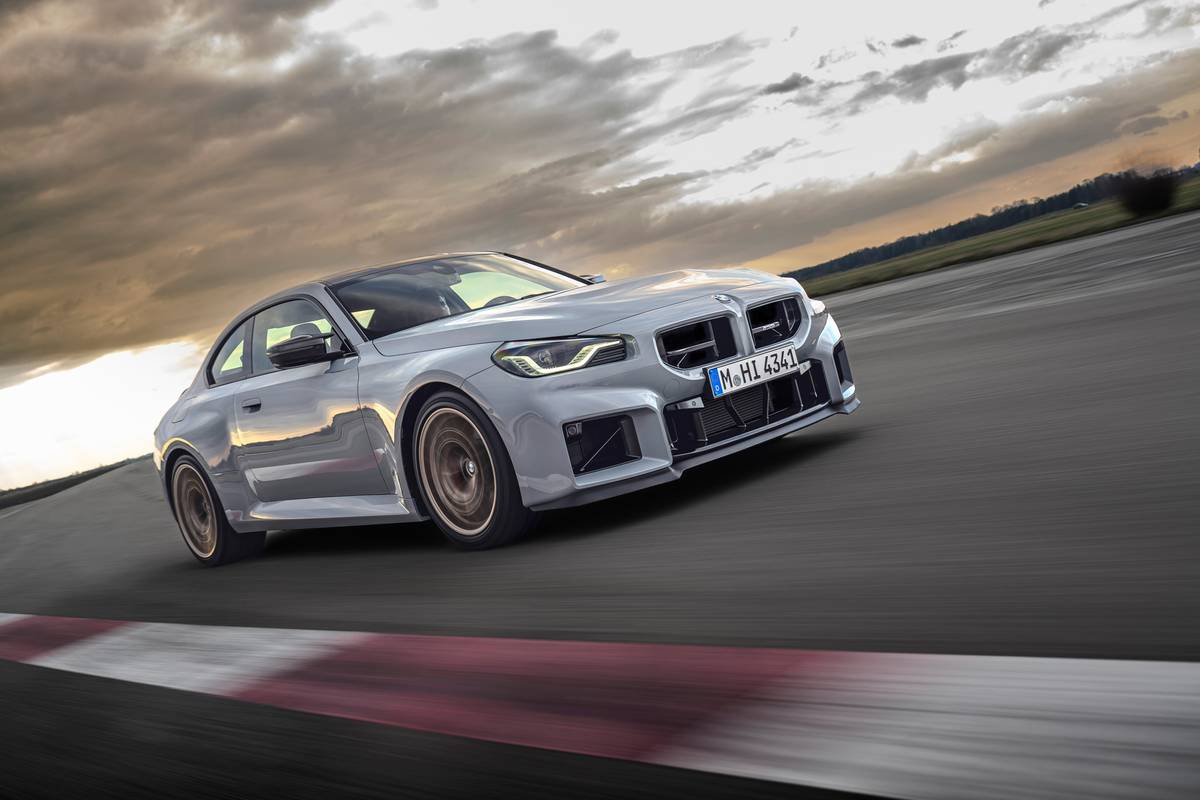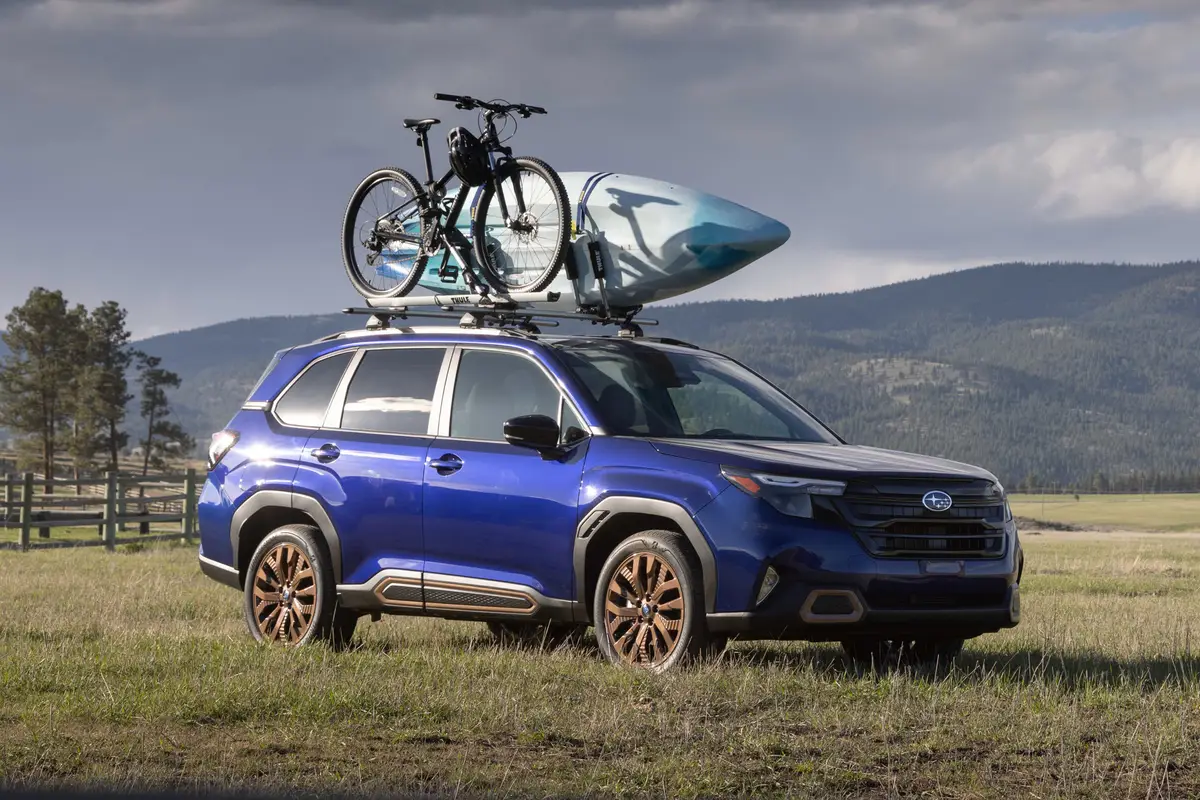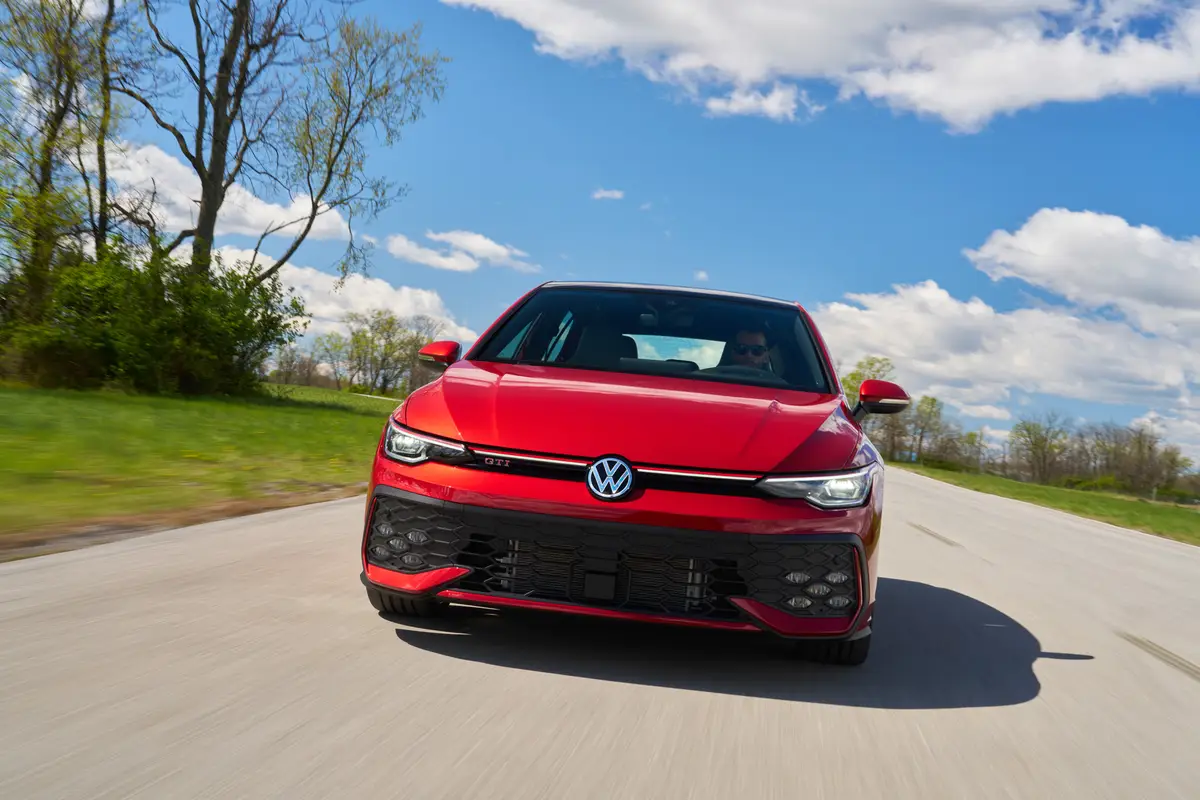chicagotribune.com's view
Slip out of an Eclipse GT convertible and into a 2000 model Nissan Sentra SE sedan.
Sentra is all new for 2000. Nissan boasts of “sophisticated styling,” “enhanced roominess” and “refined ride and handling.”
As a rule, subcompacts have slowly and steadily been growing in size as engine and transmission technology advances to the point that dimensions can swell without sacrificing fuel economy.
For 2000, Nissan engineers chose to move away from putting the focus on Sentra as strictly an economy sedan. They wanted more attention on styling, performance, room and comfort.
The most welcome change is room and comfort. In the past, Sentra skimped on space. Not guilty for 2000.
Length was stretched by 6.5 inches, the body widened by nearly an inch and height raised by 1.1 inches.
Legs, arms and head are the beneficiaries of the new dimensions.
Sheet metal-wise, it appears the goal was to give Sentra more Maxima flavor. Nice, but no one stopped to ask the heritage of the machine as they have with the PT Cruiser, Eclipse GT and MR2.
Performance-wise, Sentra is available with a new 1.8-liter, 126-h.p., 16-valve 4 cylinder or a 2-liter, 145-h.p., 16-valve 4 with 5-speed manual or 4-speed automatic. We tested the SE, which comes with the 145-h.p. 4.
It was teamed with a 5-speed manual, probably the transmission of choice to ensure all 145 horses come to life, but probably not the transmission of choice in the construction season, when partially closed lanes and traffic tie-ups force you to lock a hand on the gearshift lever and a foot on the clutch pedal for the next six months. Automatic runs $800.
Good off-the-line power plus a noteworthy 24 m.p.g. city/31 m.p.g. mileage rating for those whose primary aim is fuel economy, though perhaps now that gas prices are going down, the hue and cry over m.p.g. is going to subside and fuel economy will drop a spot or two on the wish list.
Despite some styling similarities with the Maxima, Sentra’s suspension, unlike that of the Maxian, tends to magnify abrasions in the pavement, a dead giveaway that this is first and foremost an economy car with more room than it had.
Base price is $14,899. Our test car added the SE performance package with 16-inch alloy wheels and radials (15- inch all-season tires standard), rear spoiler, limited slip differential, upgraded audio system, bodycolored moldings, illuminated vanity mirrors, overhead storage console (for glasses) and map lights for $899, floor mats for $79, plus $520 for freight.
Standard equipment includes power windows/door locks, AM/FM with CD, air conditioning, cruise control, remote keyless entry, 12-volt power plug and tilt steering.
ABS is available but only in a $699 package that includes side-impact air bags. Traction control isn’t offered.
The problem the new Sentra faces is that despite new–yet conservative–sheet metal, the rival Toyota Echo and Ford Focus look much more distinctive, as does the PT Cruiser, which becomes a rival when you start adding automatic transmission and ABS to the Sentra. Echo’s 31/38 mileage is also more appealing.
In the economy-car segment, the new Sentra is better than the old version but still a member of the pack without any sin gl e feature to set it apart.
>> 2000 Nissan Sentra SE Wheelbase: 99.8 inches Length: 177.5 inches Engine: 2-liter, 145-h.p., 4-cylinder Transmission: 5-speed manual Fuel economy: 24 m.p.g. city/31 m.p.g. highway Base price: $14,899 Price as tested: $15,877. Includes $899 for SE package with 16-inch radials and alloy wheels, rear spoiler, limited slip differential, audio upgrade, body-colored moldings, illuminated vanity mirrors, overhead console and map lights; and $79 for floor mats. Add $520 for freight. Pluses: Roomier, more comfortable cabin. Very good fuel economy. Minuses: Conservative styling. No feature or system that makes it stand out from other economy cars. ABS a packaged option. >>
Latest news



